
Ben Ingham, from power network operator Electricity North West, shares the key innovative kit that keeps power flowing.
To find out more about our guest authors, you can find their biographies at the end of each post.

Ben Ingham, from power network operator Electricity North West, shares the key innovative kit that keeps power flowing.
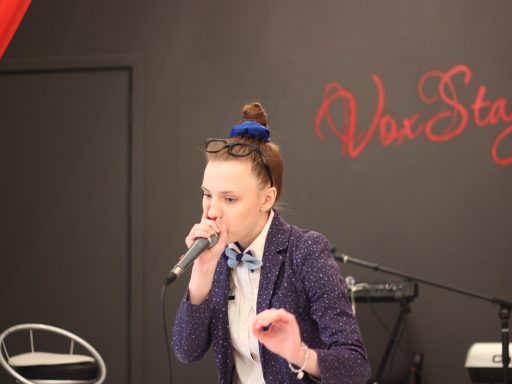
Beat boxers can make an amazing array of sounds using their mouths, tongues and throats. But what’s the science behind how they do it?
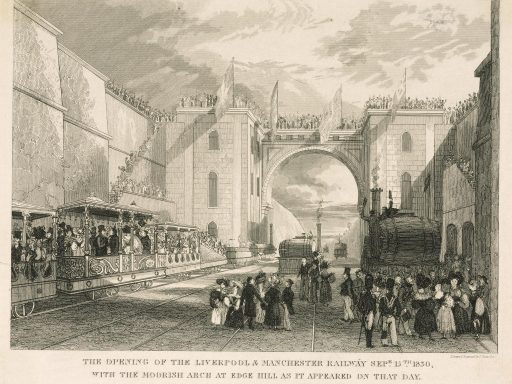
In 2018, we asked historian Shirin Hirsch from our neighbours, People’s History Museum, to explain the politics of the time around 1830 and why the opening of the Liverpool and Manchester Railway turned out to be such a rebellious and highly charged day.
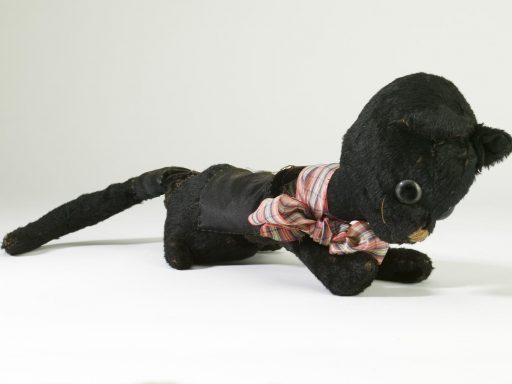
With a couple of posts written by a Barketing Assistant, we were inundated by requests (better described as complaining mews) from the museum’s feline friends for a cat blog, so here we go:
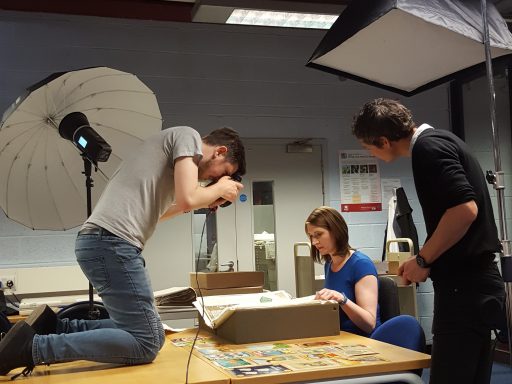
What does it take to create stunning images from behind the scenes at a museum?
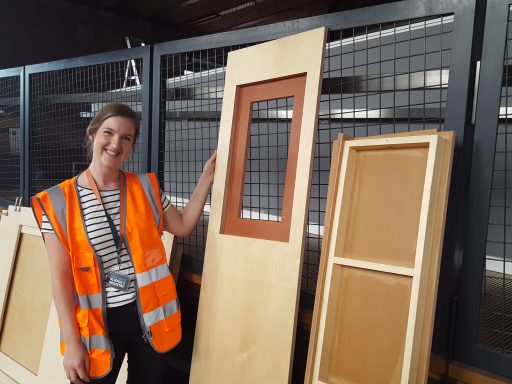
As the opening date for our refreshed Textiles Gallery approaches, we go behind the scenes with Exhibitions Project Manager Jane Brown to find out what’s involved.
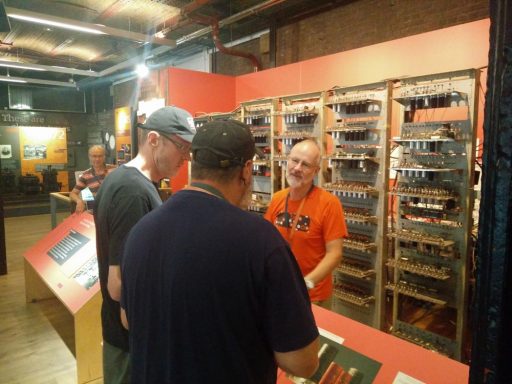
To celebrate the Baby computer’s 70th anniversary, volunteer Bob Geatrell has written a post on what it’s like to work with our replica of the machine that gave birth to modern computing.

Today (Thursday 5 July) is the first ever international LGBTSTEM Day, celebrating all the amazing LGBTQA+ folks who work in STEM careers. We’ve two special posts from our Explainers Hannah and Maxwell, who share their experiences of being out and proud in STEM.
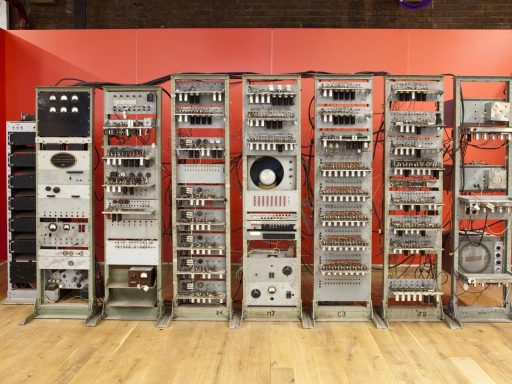
Edmund Griffiths created an online emulator of the Baby computer. In this blog he talks about why he wanted to give a decades-old computer a modern home on the internet.
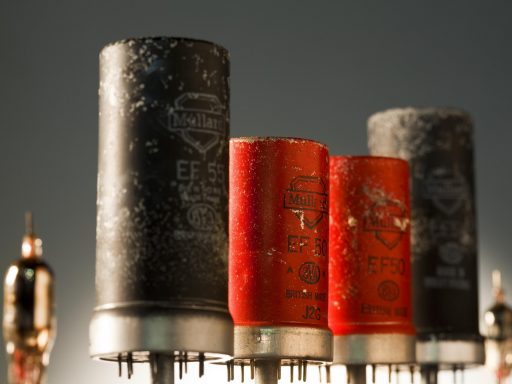
Baby looks and operates very differently to a modern computer, with a memory that uses a system of valves and tubes. But how exactly does its work?
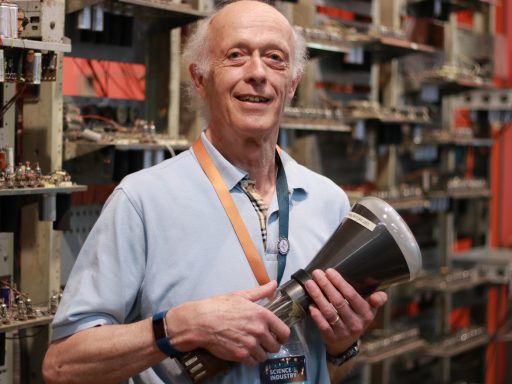
Eric Wright, one of the volunteers who run our Meet Baby sessions, looks back at how the advent of computers had an impact on his life.
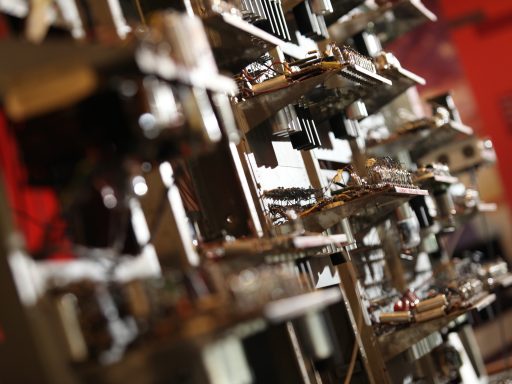
We’re celebrating the Baby computer’s 70th birthday by looking at some of the machines that it made possible.